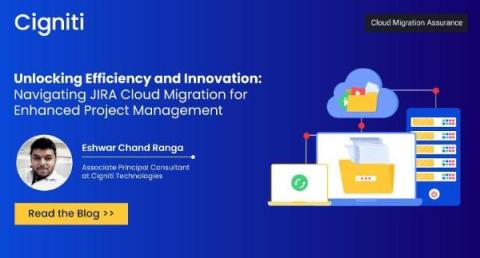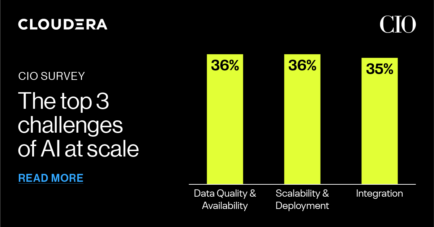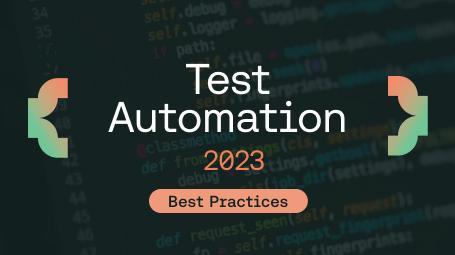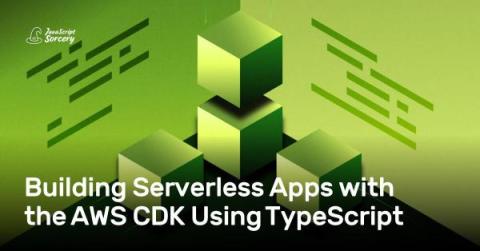Unlocking Efficiency and Innovation Navigating JIRA Cloud Migration for Enhanced Project Management
In today’s dynamic business world, seamless transitions between application life cycle management systems (ALM) are crucial for organizations striving to optimize workflows and enhance productivity. JIRA, a robust and versatile project management tool, often becomes the best choice for teams seeking efficient task management, issue tracking, and collaboration capabilities.











